Creating a cozy and functional outdoor space can transform your home, offering a serene escape just steps from your door. Whether you’re a seasoned DIY enthusiast or just starting to explore the world of outdoor design, the right patio roof can add both style and practicality to your outdoor haven. By exploring different roof designs, you can enhance your patio’s ambiance, protect it from the elements, and extend your living space seamlessly.
In this article, you’ll discover ten inspiring outdoor patio roof designs that cater to various styles and needs. From sleek modern solutions to charming rustic covers, each option provides unique benefits and aesthetic appeal. With these ideas in hand, you’ll be equipped to make informed choices that elevate your outdoor living experience, ensuring your patio becomes a cherished part of your home.
Exploring Retractable Awning Options
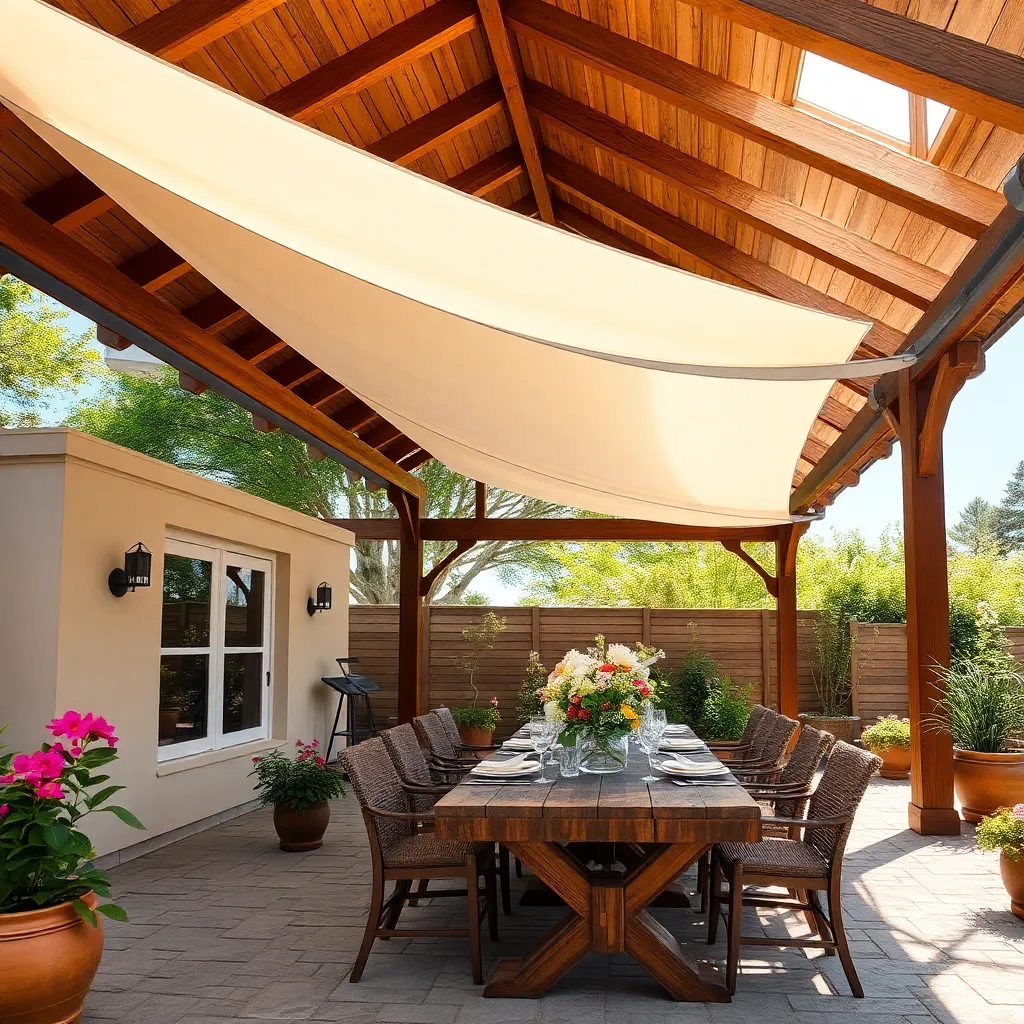
One fantastic option for creating versatile shade on your patio is a retractable awning. These awnings offer flexibility, allowing you to enjoy both sun and shade as desired. When selecting a retractable awning, consider materials like durable, UV-resistant acrylic fabrics that can withstand various weather conditions. For beginners, manual retractable awnings are a budget-friendly option, while motorized versions provide added convenience for effortless control.
For a seamless integration with your existing outdoor design, choose an awning color that complements your home’s exterior and patio furniture. Advanced users might explore options with smart technology integration, allowing you to control the awning remotely via an app. Consider the width and projection of your awning to ensure it adequately covers your intended space; a common choice is a 10-foot width with an 8-foot projection. By focusing on these key elements, you can create a comfortable, stylish retreat that enhances your outdoor living area.
Incorporating Modern Pergola Designs
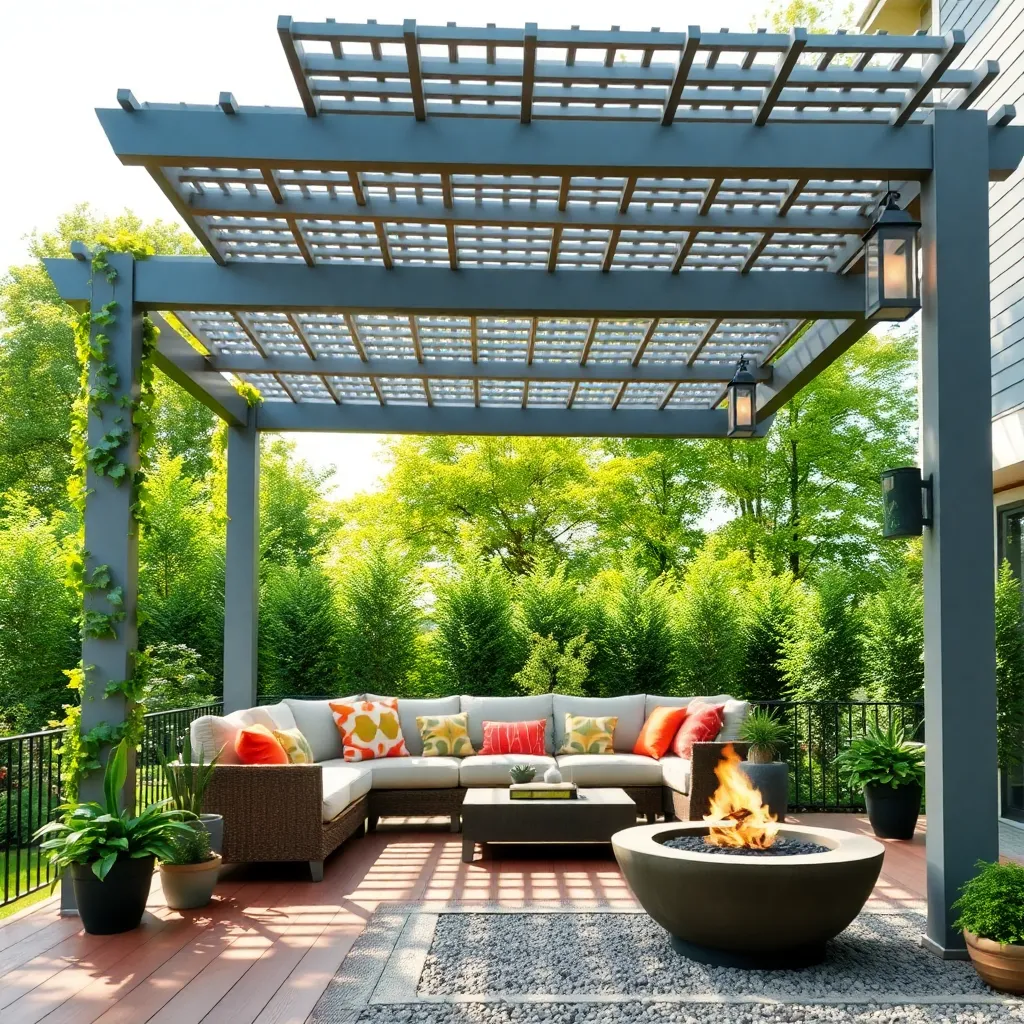
Modern pergola designs seamlessly blend style and function, offering both shade and an architectural statement to any patio. Start by choosing durable materials like aluminum or weather-treated wood for a long-lasting structure. When planning your pergola, consider a minimalist approach with clean lines and an open roof structure that can support climbing plants or optional shade covers. For beginners, a pre-fabricated kit can simplify installation, while more experienced DIYers might opt to customize their design with unique features such as integrated lighting or a retractable canopy.
Enhance your pergola by incorporating modern design elements such as adjustable louvers or a motorized roof system, allowing you to control sunlight exposure easily. These advanced features require a bit more investment and installation expertise but offer exceptional flexibility and comfort. To create a cohesive look, choose a color palette that complements your home’s exterior and patio furniture. Remember to measure your space accurately, ensuring the pergola fits proportionally within your patio area, typically allowing for a clearance of at least 8-10 feet in height for optimal comfort and functionality.
Embracing Classic Gable Roof Styles
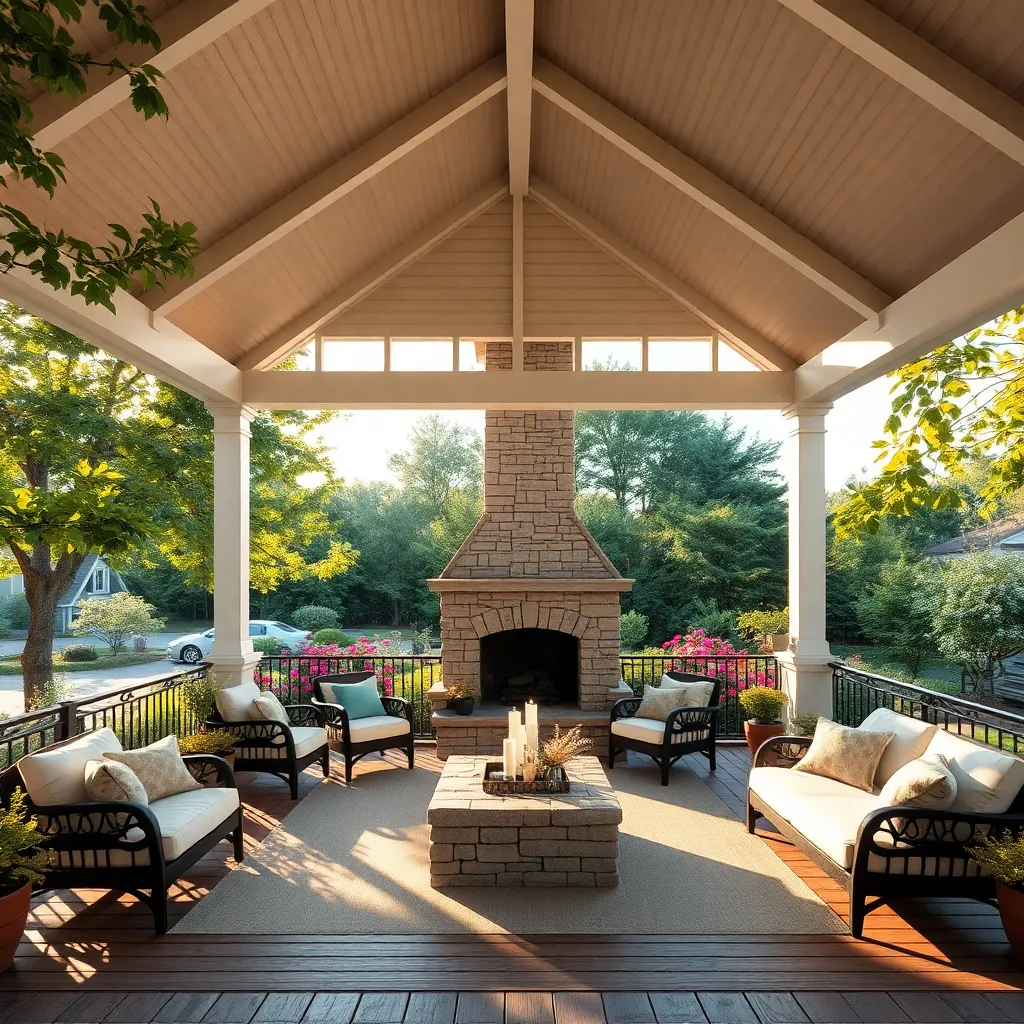
Embracing a classic gable roof style for your outdoor patio shelter provides a timeless look with excellent functionality. The gable roof, characterized by its triangular shape, allows for efficient water runoff and can easily complement various architectural styles. For beginners, using durable materials like treated wood for the framework and metal or asphalt shingles for the roofing can ensure longevity and minimal maintenance. Consider a pitch angle between 30 to 40 degrees for optimal weather resistance and aesthetic appeal.
For those with more experience, integrating skylights or ventilation options can enhance both the appearance and comfort of your space. Skylights add natural light and can be strategically placed to highlight specific areas of your patio. When planning your design, ensure that the gable roof covers at least 80% of the patio to provide ample protection from the elements. Advanced tip: Use contrasting colors for the gable and the main structure to create visual interest and a modern twist on this classic design. By focusing on these details, your outdoor space will not only be functional but also a standout feature of your home.
Opting for Eco-Friendly Green Roofs

Green roofs are an eco-friendly option for your patio shelter, offering both aesthetic appeal and environmental benefits. By covering your roof with vegetation, you can improve insulation and help manage rainwater runoff. To start, consider using lightweight soil or specialized growing media, and select drought-resistant plants like sedums that thrive in minimal maintenance conditions. Ensure your patio structure can support the additional weight by consulting with a structural engineer.
For installation, a waterproof membrane is crucial to protect the underlying structure. Include a drainage layer to prevent water pooling, which could damage the roof. More advanced gardeners might opt for a modular green roof system, which simplifies the process and ensures consistent results. Regular maintenance is key—check for invasive weeds and ensure adequate water supply during dry spells. This sustainable choice not only enhances your outdoor aesthetic but also contributes to local biodiversity.
Choosing Durable Metal Roofing Solutions
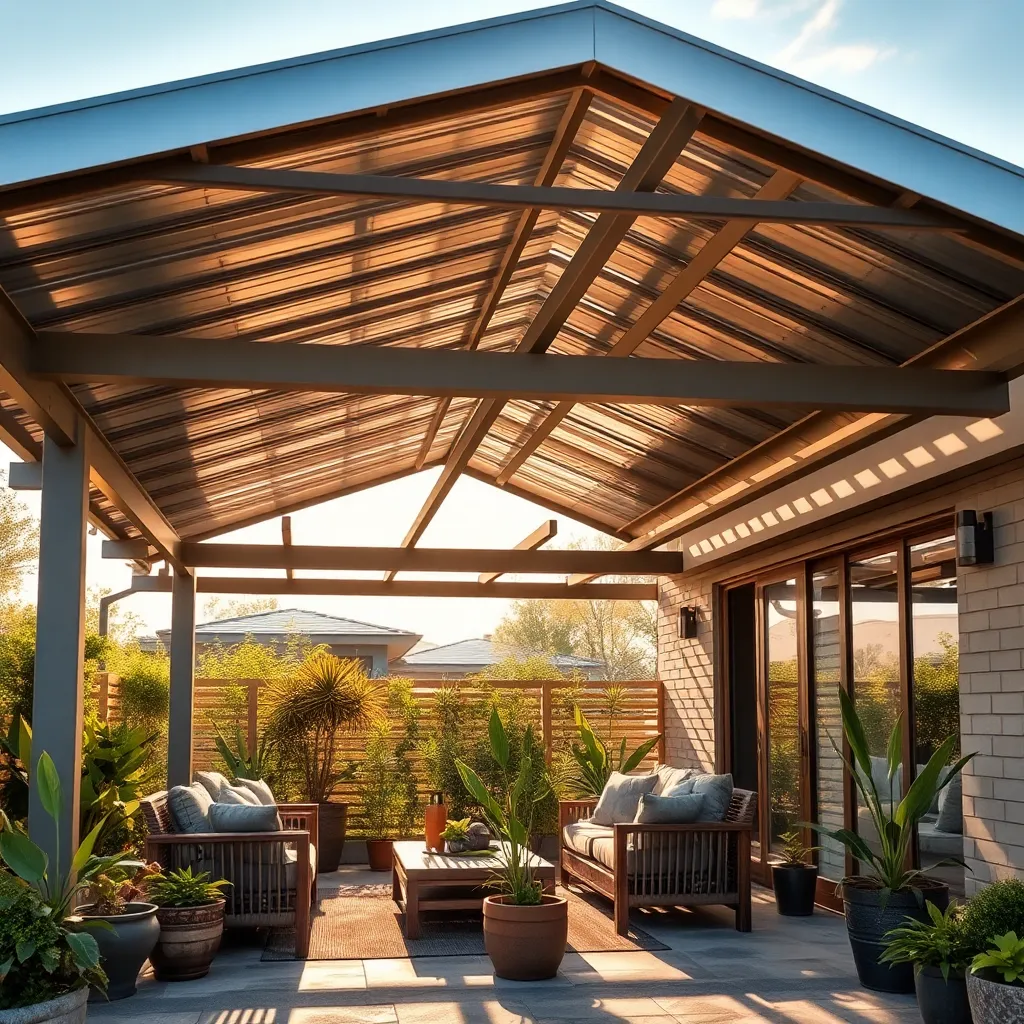
When selecting a metal roofing solution for your outdoor patio, consider materials like galvanized steel or aluminum for their durability and weather resistance. These metals are excellent choices because they can withstand harsh weather conditions, ensuring your shelter remains robust over time. Opt for a standing seam design, as it provides a sleek appearance and superior water runoff, preventing leaks and prolonging the roof’s lifespan.
For a more advanced approach, explore incorporating insulated metal panels to enhance energy efficiency and sound insulation. These panels are particularly useful in climates with extreme temperatures, helping to keep your patio comfortable year-round. Ensure to use high-quality fasteners and sealants to secure the roofing properly and prevent corrosion, which can compromise the structure over time. Whether you’re a beginner or an experienced DIY enthusiast, these practical steps will help you create a durable and stylish metal roof for your outdoor space.
Integrating Glass Roof Panels Elegantly

Glass roof panels can transform an ordinary patio into a stunning outdoor retreat, seamlessly blending the indoors with nature. When selecting glass panels, opt for tempered or laminated glass to ensure safety and durability against weather elements. Consider incorporating UV-resistant coatings to protect against harsh sunlight while still inviting natural light. For those in areas with heavy snow or rain, adding a slight pitch to the roof can facilitate water runoff and prevent accumulation.
To achieve an elegant integration of glass panels, focus on the supporting structure. Use materials like aluminum or treated wood for a sleek and modern look, ensuring they are sturdy yet stylish. For a minimalist approach, consider frameless glass panels which offer uninterrupted views and a clean aesthetic. For advanced customization, integrate features like retractable panels or tinted options to adjust light and privacy levels according to your needs. These elements can elevate your outdoor space, making it a versatile and inviting area for year-round enjoyment.
Maximizing Shade with Sail Canopies
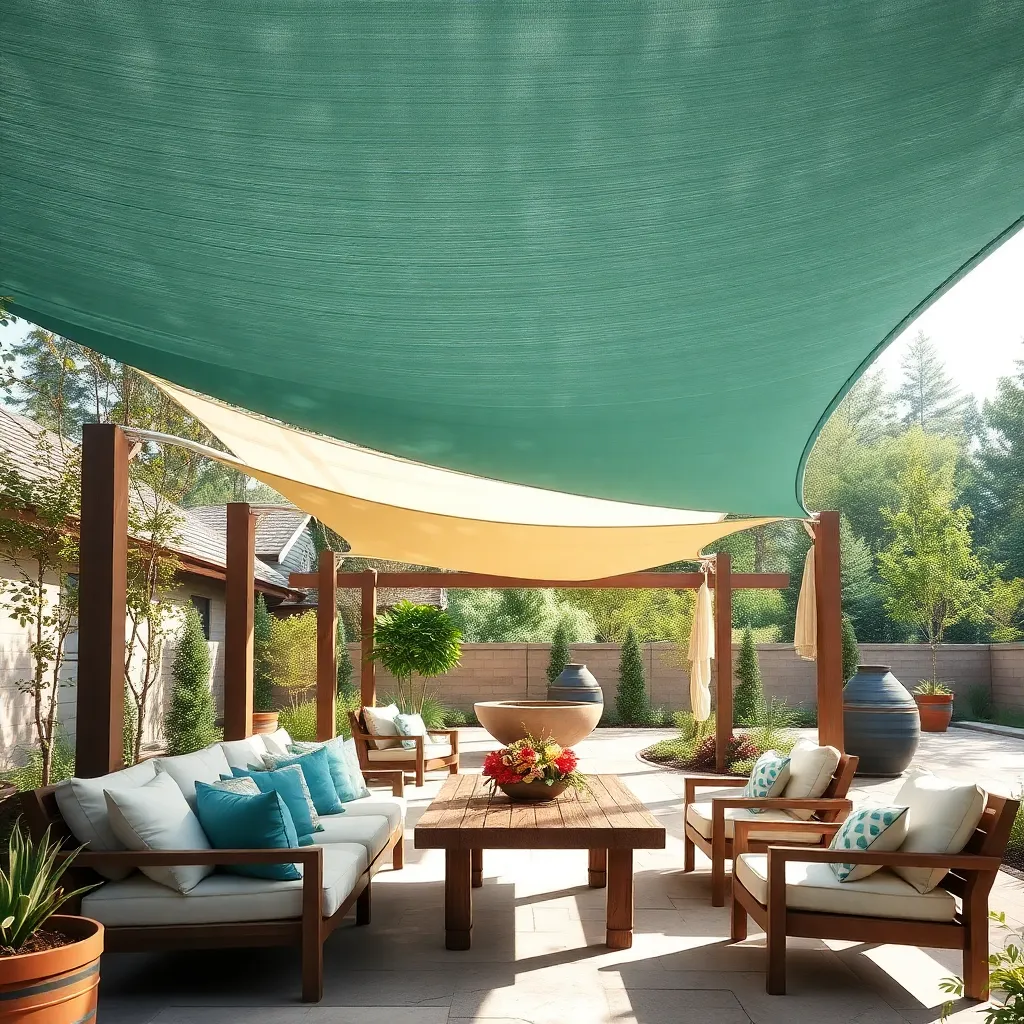
Sail canopies are a versatile option to maximize shade on your patio, offering both style and function. For beginners, start by selecting durable, UV-resistant fabric like high-density polyethylene (HDPE), which provides excellent sun protection and is breathable to reduce heat buildup. Consider triangular or rectangular sail shapes for easy installation and flexibility in design. When installing, ensure the sail is tensioned properly using stainless steel hardware to withstand various weather conditions and maintain a sleek appearance.
For those looking to elevate their design, experiment with layering multiple sails at different heights and angles to create a dynamic look and enhance shade coverage. Choose complementary or contrasting colors to match your outdoor décor, and measure your space accurately to determine the best sail size and placement. Use sturdy posts or anchor points on existing structures, ensuring they are secure to handle the tension of the sails. This approach not only provides practical shade but also adds an architectural element to your patio, making it an inviting retreat.
Installing Versatile Louvered Roof Systems
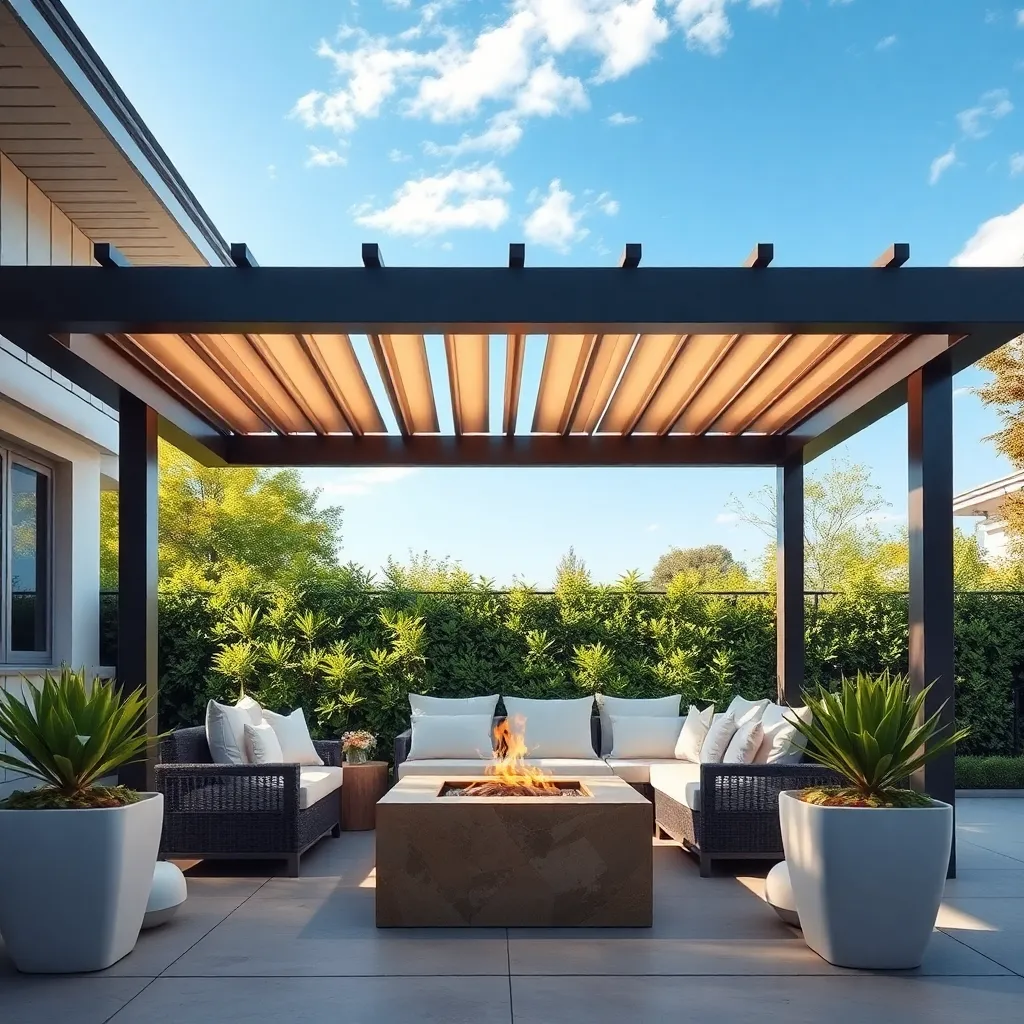
Installing a versatile louvered roof system can transform your patio into a flexible outdoor living space. These systems allow you to adjust the angle of the louvers to control sunlight and ventilation, making them ideal for a variety of weather conditions. For beginners, consider using durable materials like aluminum, which is both lightweight and resistant to rust. This makes it easy to install and maintain, ensuring longevity and minimal upkeep.
To enhance functionality, opt for motorized louvers that can be controlled with a remote or smartphone app. This offers convenience and precision in adjusting the roof to your desired settings. For advanced customization, integrate features such as built-in lighting or rain sensors that automatically close the louvers during inclement weather. When planning dimensions, aim for a height of at least 8 feet to ensure ample headroom and a sense of spaciousness under your shelter.
Designing Rustic Wooden Patio Covers
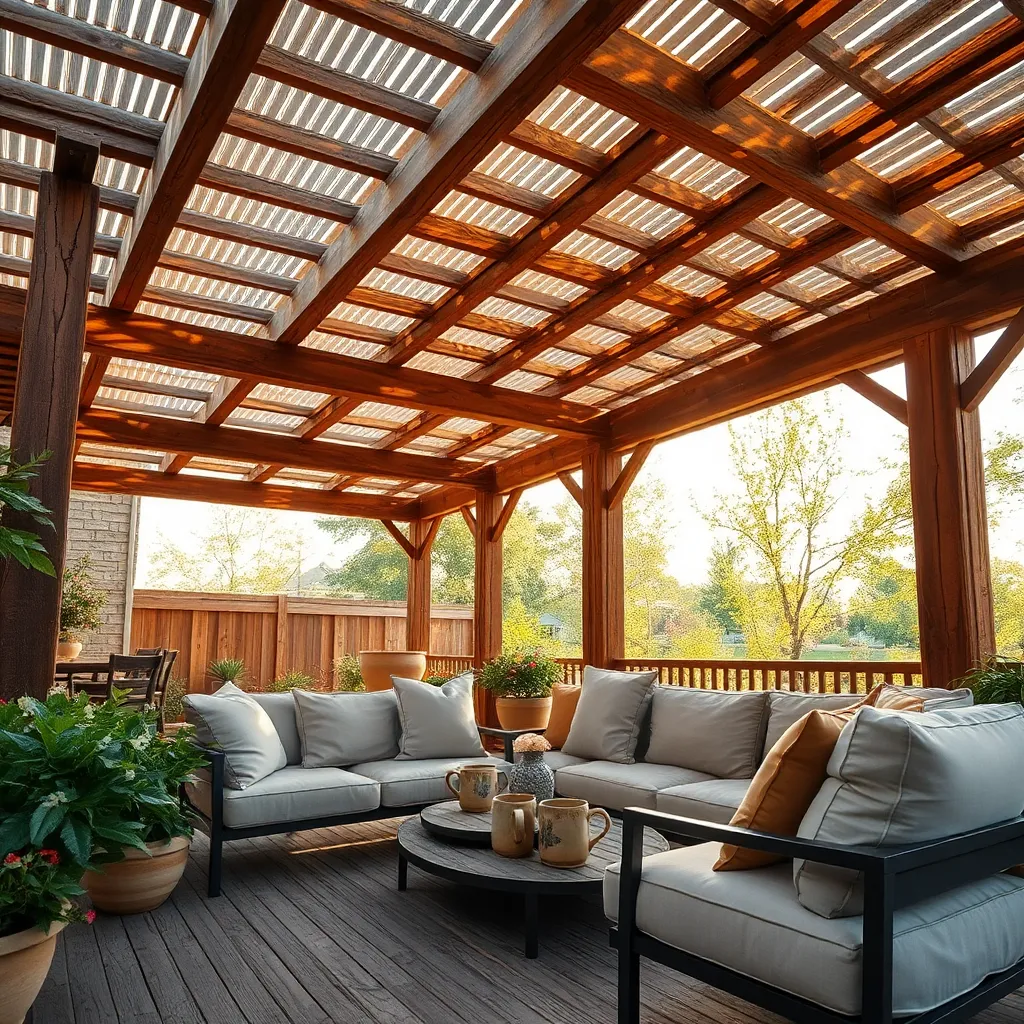
For a charming and timeless look, consider designing a rustic wooden patio cover. Start by selecting durable, treated wood such as cedar or redwood, which are naturally resistant to decay and insects. Ensure your posts and beams are robust enough to support the structure, typically using 4×4 or 6×6 posts for stability. If you’re a beginner, prefabricated kits can simplify the process, offering pre-cut pieces and clear instructions to guide you through construction.
To add a personal touch, consider enhancing your rustic patio cover with design elements like exposed beams, which add character and warmth. Incorporate natural elements by using a simple, clear stain to highlight the wood’s grain, or leave it untreated for a natural weathered look. For advanced DIYers, integrating decorative brackets or corbels can add an elegant touch. Remember to check local building codes and permits to ensure your design is compliant. With these tips, your rustic patio cover will be both functional and visually appealing, providing a cozy outdoor retreat.
Enhancing Ambiance with Fabric Canopies

Fabric canopies are an excellent way to enhance the ambiance of your patio while providing shade and comfort. Opt for weather-resistant materials like Sunbrella or polyester, which are both durable and fade-resistant. For a basic setup, consider a simple rectangular or square canopy that can be easily attached to existing structures using ropes or hooks. Beginners can start with lightweight, ready-made canopy kits that include all necessary components for easy installation.
For a more advanced design, try incorporating multiple layers or tiers to create a dynamic look that plays with light and shadow. Experiment with different fabric colors or patterns to add a personal touch—bold stripes or muted earth tones can dramatically alter the mood of your space. To ensure stability, invest in quality poles, ideally made from aluminum or stainless steel, and use reinforced grommets to secure the fabric. Remember, proper tension is key to preventing sagging and maximizing the canopy’s lifespan.
Conclusion: Creating Beautiful Outdoor Spaces
As we explored the ’10 Outdoor Patio Roof Designs to Try’, each concept mirrored key relationship dynamics, teaching us about balance, protection, and adaptability. From the sturdy reliability of pergolas and gazebos to the flexible allure of retractable awnings and shade sails, each design emphasized the importance of creating shared spaces that nurture growth and connection. Just as a patio roof shields us from the elements, strong relationship foundations protect and enhance our bonds.
To translate these insights into your relationship, choose one concept that resonates most. Perhaps it’s about building a solid structure like a pergola, symbolizing reliability, or embracing the flexibility of a retractable awning, highlighting adaptability in changing circumstances. Implement this in your relationship today—whether through a heartfelt conversation or a shared activity.
Now, take a moment to bookmark this article. It’s a resource you’ll want to revisit as you build and maintain a thriving relationship. Remember, just like these patio roofs, every relationship requires thoughtful planning and care. By investing in these principles, you’re setting the stage for a relationship that’s resilient and enduring. Embrace this journey, knowing that your efforts today are paving the way for a successful and loving future together.
